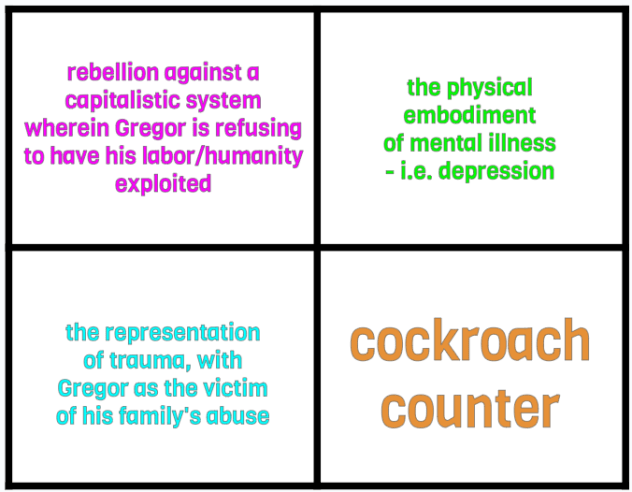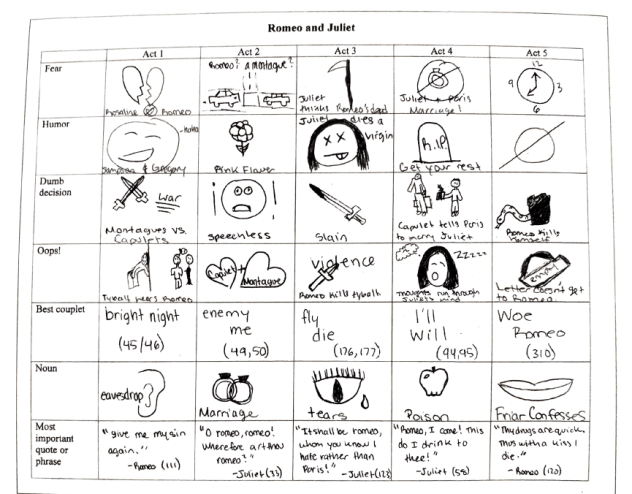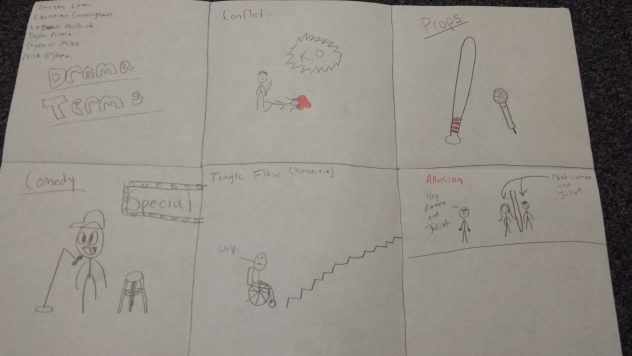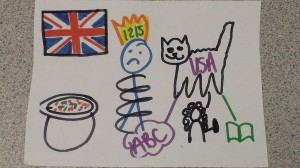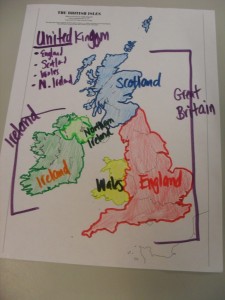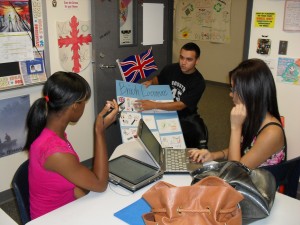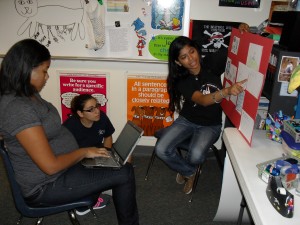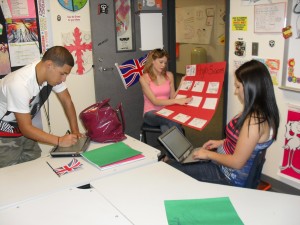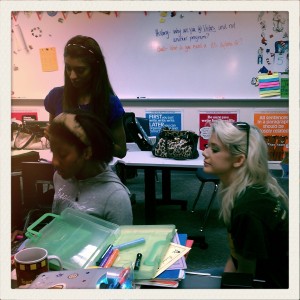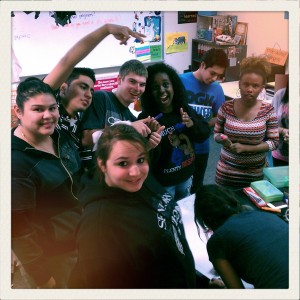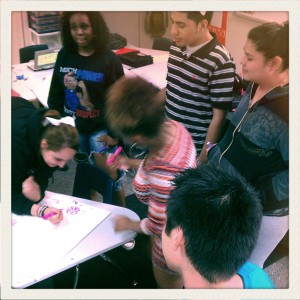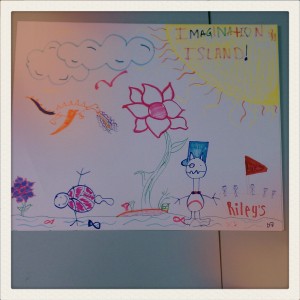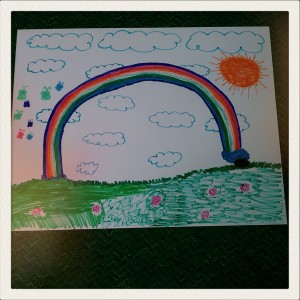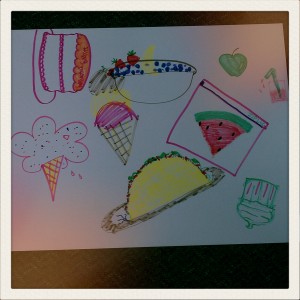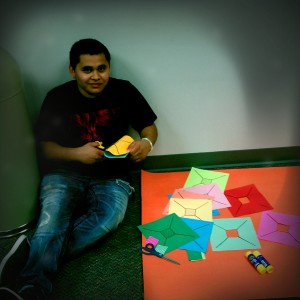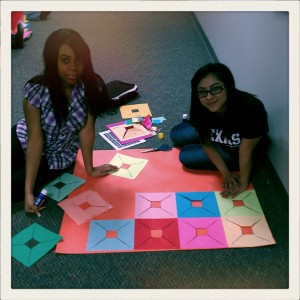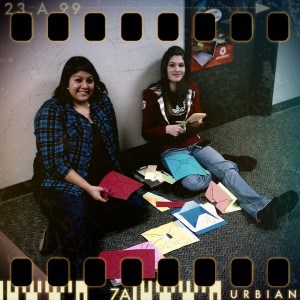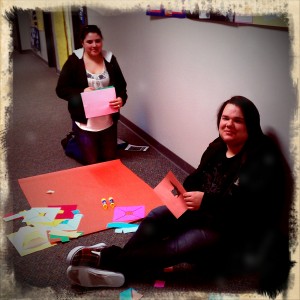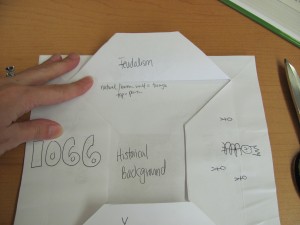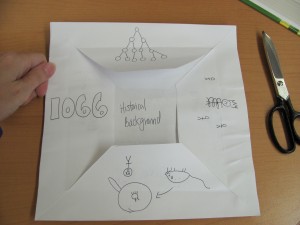We are continuing our table work to prepare for the essay. Remember last week when we played Jenga with quotes and made flashcards with quotes? We’re working with them today! Each table has a “deck” of cards and three intrepretations of the essay prompt: What is Greg’s transformation a metaphor for?
Decide as a group if the quote works best for the capitalism prompt, the mental illness prompt, or the trauma response.
When you are done with this, work on the Classical invention: Transformation brainstorming sheet. The essay is about TRANSFORMATION, so it might be useful to know more about that word.
